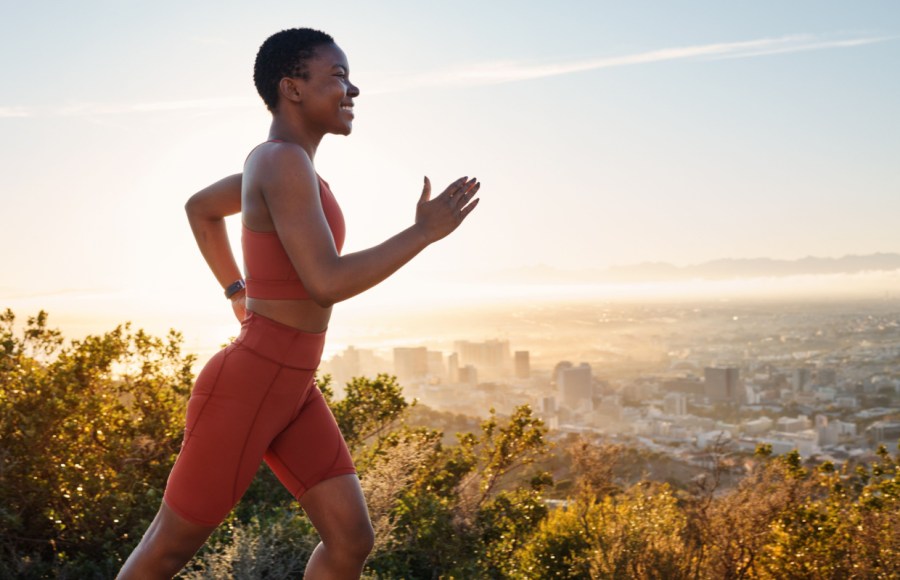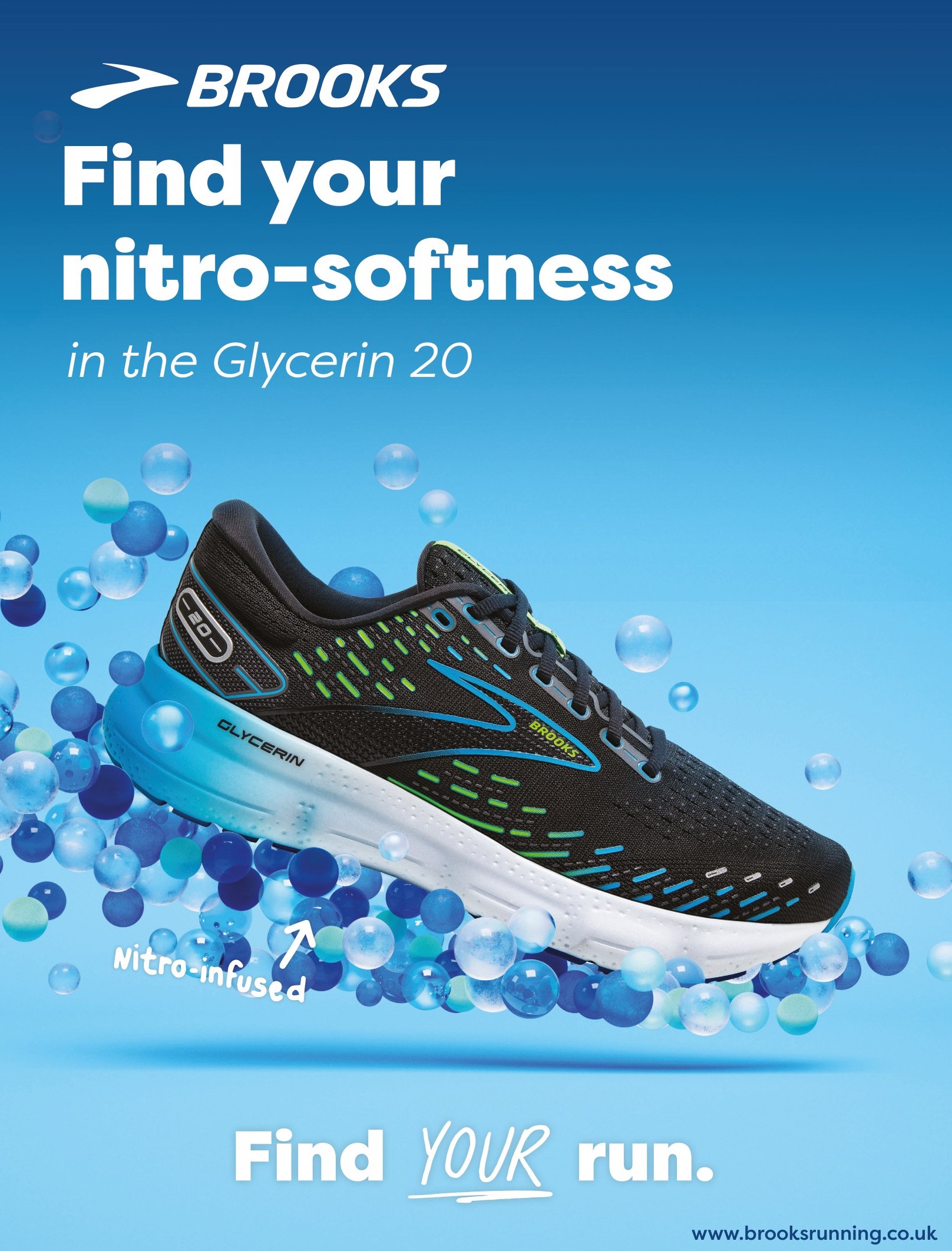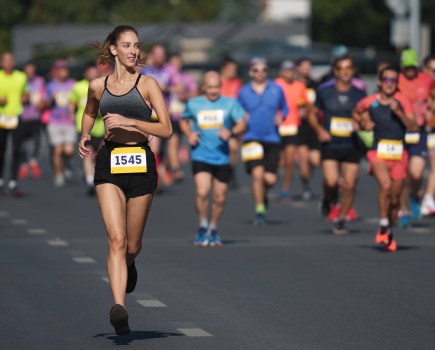Learn how to run your very first 10K race – or smash your current PB – with these top tips and training plans from Brooks Running.
With no need for endless amounts of expensive kit or monthly membership fees, running is one of the most accessible cardio exercises out there. Anyone can reap the rewarding benefits of running – all you need to do is lace up your running shoes and head out the door.
After just a few weeks of regular running – whether you follow a training plan, like the popular NHS Couch-to-5K app, or simply jog at your leisure – it’s likely that you’ll be well on your way to comfortably running a 5K, perhaps even becoming a regular attendee at your local parkrun.
Once you’ve got the 5K distance under your belt, you might feel tempted to sign up for some longer races, with the humble 10K (6.2 miles) commonly cropping up as the next goal. While doubling the distance might seem like an impossible feat at first, the right preparation and training will help you achieve your goal in no time.
Whether you’re hoping to run your first 10K, or you’re a seasoned pro hoping to improve your current PB, Brooks has a couple of nine-week-long 10K training plans for all abilities to help you get started.
While the above training plans will certainly give you a helping hand with your 10K dreams, there’s more to race running than just donning your shoes and taking off – especially if you want to smash that PB. Below, Omar Mansour, PT, run coach and founder of Track Life LDN shares his top tips for running your perfect 10K race…
How to run your perfect 10k
1. Warm up before you run
Even if you’re just heading for a quick run around the block, Mansour says it’s crucial to warm up first, to ‘mobilise joints, activate muscles and raise the heart rate.’ Then, when it comes to the big race day, your warm-up should be a little lengthier. ‘Give yourself a good 20 minutes to prepare your body so that you don’t need your first one mile to ease yourself into the race.’
Not sure how to warm up and cool down when running? Within Brooks’ 10K training plans, you’ll find easy warm-up and cool-down miles on drill-specific sessions.
2. Consider your nutrition, lifestyle and kit
While it’s not a full-on marathon, little changes within your nutrition and lifestyle habits can add up to make a big difference when running a 10K race. ‘Look at your sleep, nutrition, stress, lifestyle, training, and anything else that can affect your performance. By improving these aspects by just 1%, you can make a big improvement on race day,’ Mansour recommends. Commit to these changes and you’ll be achieving (and beating) your goal time before you know it!
As it’s all in the details, this tip can even extend to your kit choice. If you’re still wearing the same old pair of trainers no matter the terrain, it might be time to invest in some more specialised kit. For a 10K trail run, the Cascadia 17 offers all-terrain stability so you can keep moving quickly on uneven or slippy ground. On the other hand, if you’re partaking in a road running race, the propulsive cushioning of the Hyperion Max will keep you springing toward the finish line.
3. Mix up your pace
Many of us begin our running journeys by simply jogging along at one continuous, unchanging pace (often running in time to whichever song we happen to be listening to). While it might be easier to stick to a steady pace, mixing up your speed can work wonders at pushing you toward a new PB. ‘Training at different paces will prepare your body for a fast race,’ explains Mansour. ‘Train faster than your 10K pace, at your target 10K pace, and occasionally slower than 10K pace.’
As race-focused and steady-miles shoes are designed with different features, it can also be a good idea to have multiple running shoes, so you can choose depending on the type of training you’re doing. For slower runs, the plush cushioning of the Glycerin 20 will keep you comfy on those lower-intensity sessions.
4. Be prepared to push yourself
Whether you’re an experienced long-distance runner or you’re upping your distance for the first time, it’s important to remember that as the mileage increases, so too does the impact on your body. ‘Getting a 10K PB will be hard work,’ says Mansour. ‘You’ll have to learn to push yourself both in training and on race day. Prepare yourself mentally as well as physically that the experience will be tough.’
Don’t let this scare you away from running your first 10K or chasing that PB – with the right preparation and training, you’ll be well on your way to achieving your goals. You can also give yourself a psychological advantage by choosing the right shoes, especially if you’re facing a particularly tricky course. The Caldera 6 is a great set to have in your armoury, with its confidence-inspiring traction and comfort-focused fit helping you get to the end, regardless of the technical nature of the terrain.









